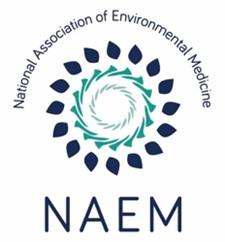
The Environmental Health Questionnaire (EHQ): A Key Resource for Assessing Toxicity in Your Patients with Mental Health Disorders
Join Dr. Bonnie Nedrow to learn about the EHQ as a primary tool for the identification of toxic exposure, chemicals linked to mental illness, common tests, assessing results, and how to put it all together to support your patients.
It is no longer a question IF your patient’s health is impacted by chemicals in the environment. What IS still a mystery in many complex medical cases is which chemicals are significant drivers of disease. The first step clinicians can take to answer that question is to review the EHQ. This primary tool for toxic exposures will narrow the field of thousands of potential chemicals to the most likely culprits.
Why is this topic so critical to clinicians specializing in mental health? In Mexico, farmers exposed to pesticides showed 25% elevation in depression and anxiety. Exposure to mercury in Inuit adolescents from Nunavik is a strong risk factor for anxiety. BPA exposure is associated with depressive symptoms in women in reproductive age. Prenatal single exposure or co-exposure to metals and phthalates may play a role in some DSM-5-oriented problems in children at 4 years of age.
In this webinar, Dr. Bonnie Nedrow will discuss clinical guidelines for using the EHQ as a primary tool for identification of toxic exposure, common tests that provide research-backed data on toxicity, functional testing commonly used to identify toxicity, the use of a timeline to link likely exposures, how to put it all together to support your patients, what chemicals are linked to mental health disorders, how to teach avoidance, and how to monitor results.

SPECIAL PROMOTION FOR PSYCHIATRY REDEFINED:
Get 20% off a NAEM membership!
Register at NAEM: EnvMedicine.com/membership/join/
Use coupon code: PsyRedefined20


